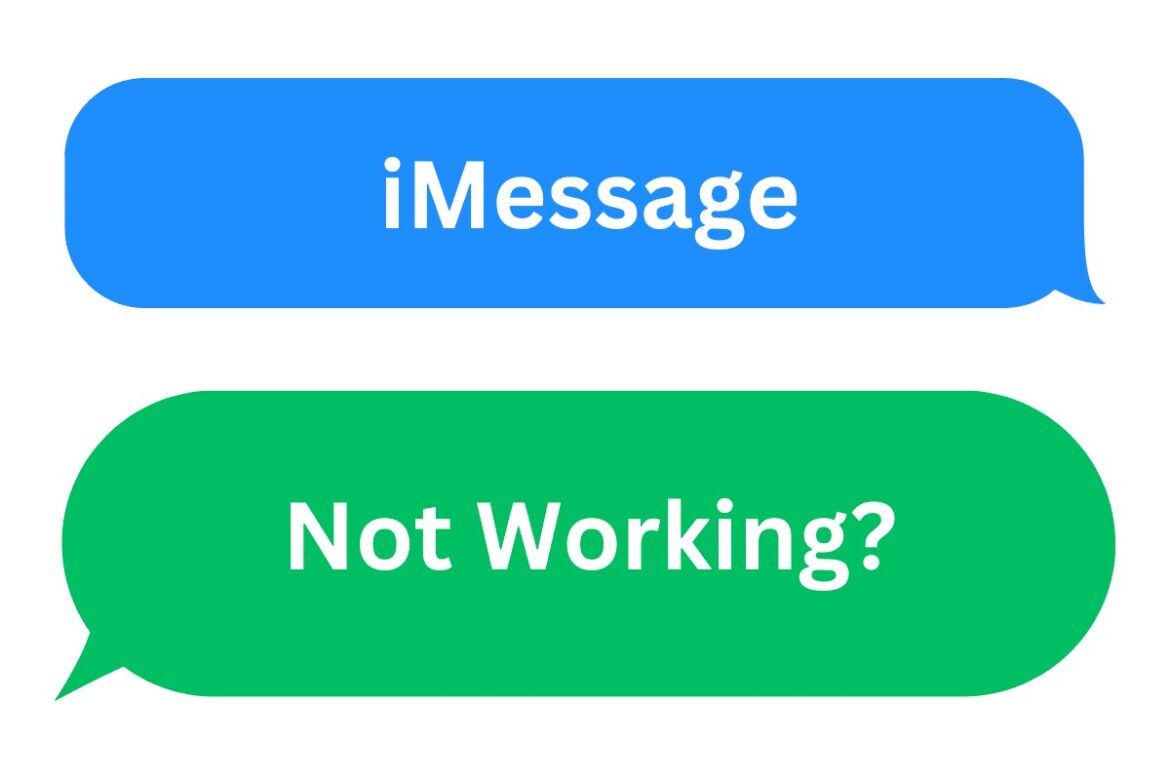223
iMessage often stops working after an update to Apple’s iOS operating system. We’ll show you how to solve the problem.
iMessage no longer works – troubleshooting overview
In most cases, iMessage simply needs to be reactivated with your provider. To do this, iMessage sends a short message to the provider, which may incur a charge.
- Open the “Settings” app on your iPhone or iPad.
- Scroll down and select the ‘Messages’ menu item.
- Deactivate “iMessage” at the top and wait a moment. Then activate the function again.
- You will now receive a short message informing you that iMessage has been reactivated.
- If the service still does not work, deactivate the “Send as SMS” option, wait a moment, and activate it again if desired.
- If this does not help, check your Wi-Fi connection and restart the device.
Requirements for activation
Certain requirements must be met for the solutions described above to work.
- You must be connected to a Wi-Fi network or a mobile network. It is also important that you have a stable internet connection.
- Your device must have the latest iOS version.
- Click on “Settings” > ‘General’ > “Date & Time” to check that the correct time zone is set. iMessage only works in accepted time zones.
- If the message “Your carrier may charge SMS fees when you activate FaceTime and iMessage” appears, you must confirm this by clicking “OK.”
Use iMessage with an email address
Another option is to use your email address for iMessage. To do this, sign in with your Apple ID on Apple’s account page.
- Tap “Settings” and then “Messages.”
- Then select “Send & Receive” and choose your email address.

